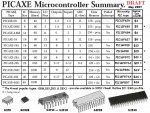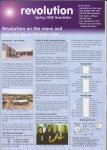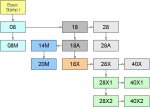PICAXE Labels (20M) LAB055 ?
Can anyone please explain exactly what this is?
http://194.201.138.187/epages/Store.storefront/?ObjectPath=/Shops/Store.TechSupplies/Products/LabelMaster/SubProducts/LAB055
Looks like a misprint but could be an indication of things to come.
Can anyone please explain exactly what this is?
http://194.201.138.187/epages/Store.storefront/?ObjectPath=/Shops/Store.TechSupplies/Products/LabelMaster/SubProducts/LAB055
Looks like a misprint but could be an indication of things to come.







